The Netherlands is a country in the centre of northern Europe. The Kingdom of The Netherlands also includes the Caribbean islands of Aruba,
Curacao and Sint Maarten.
Mainland Netherlands borders the North Sea.
The land is incredibly flat and much of it has been reclaimed. This is done by building dykes and draining low lying land. More than a quarter of
the country is below sea level and, if ocean levels rise just a little bit, much of the country would be flooded.
The geographical coordinates for the centre of The Netherlands, also known as lines of latitude and longitude, are:-
Latitude - 52 30N
Longitude - 5 45E
The capital of The Netherlands is Amsterdam although the government buildings are in The Hague.
The Netherlands is a constitutional monarchy with a King (or Queen) as head of state and a prime minister as head of government. The present
King (2017) is Willem-Alexander who came to the throne in 2013 on the abdication of his mother Queen Beatrix. He is 49 years old. His daughter, Catharina Amalia,
aged 13, is heir to the throne.
In elections everyone over the age of 18 can vote.
The currency in The Netherlands is the euro. The Netherlands was a founder member of what is now the European Union.
Dutch is the official language.
Check the weather in Amsterdam now.
This is the time in Amsterdam now








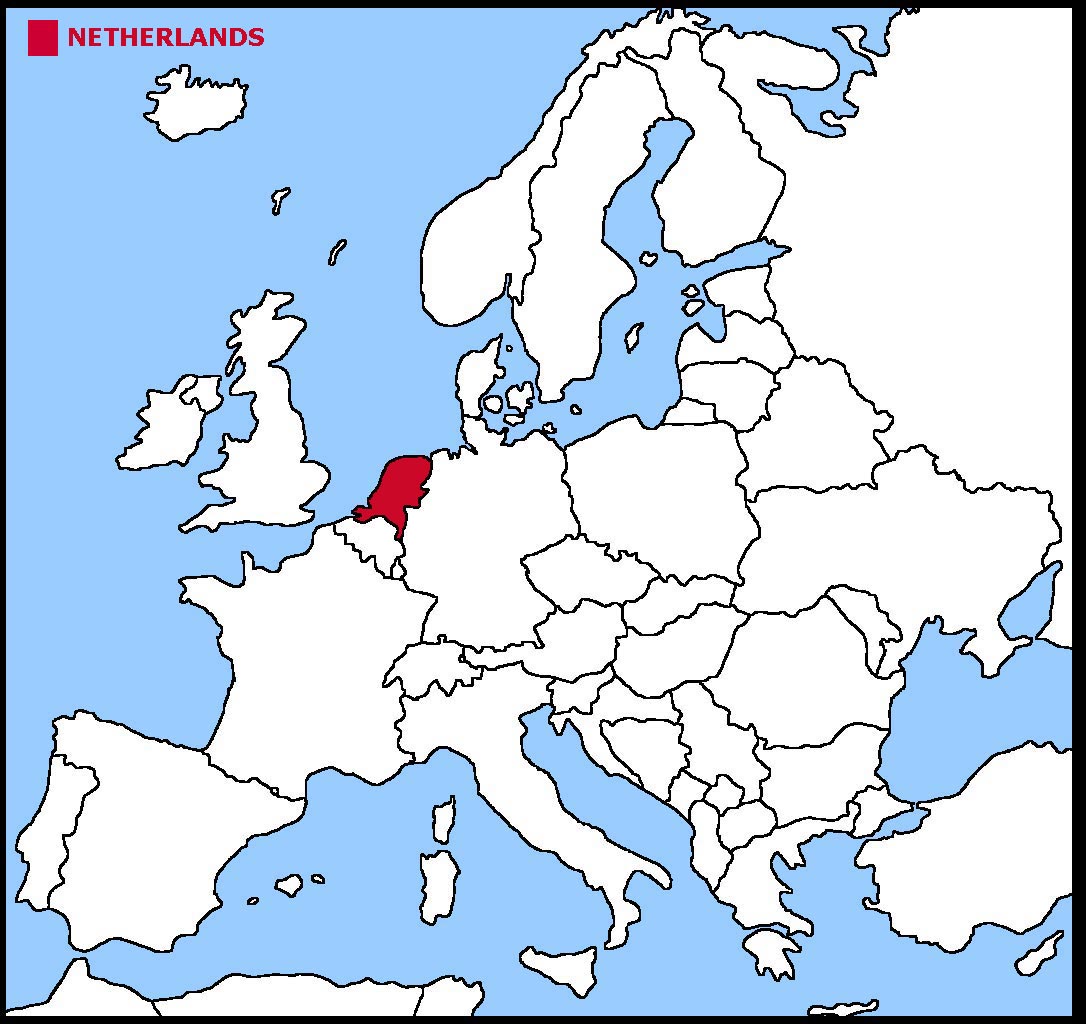

 The Netherlands flag is 3 equal horizontal stripes of red, white and blue. The colours were those of William, Prince of Orange, who
led the fight for independence from Spain in the 16th century. The original top stripe was indeed orange but as it tended to fade to red, they changed it
offically to red. Orange is though the national colour.
The Netherlands flag is 3 equal horizontal stripes of red, white and blue. The colours were those of William, Prince of Orange, who
led the fight for independence from Spain in the 16th century. The original top stripe was indeed orange but as it tended to fade to red, they changed it
offically to red. Orange is though the national colour.




 Each little Owlbut is 1 person and
the big yellow rectangle is 1 sq km. After a while you can compare countries and see which ones are the most crowded. Remember it is only an average as
more people live closer together in towns and cities than in villages out in the country.
Each little Owlbut is 1 person and
the big yellow rectangle is 1 sq km. After a while you can compare countries and see which ones are the most crowded. Remember it is only an average as
more people live closer together in towns and cities than in villages out in the country.
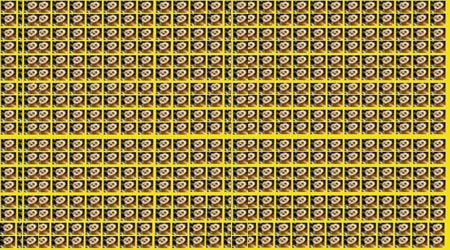

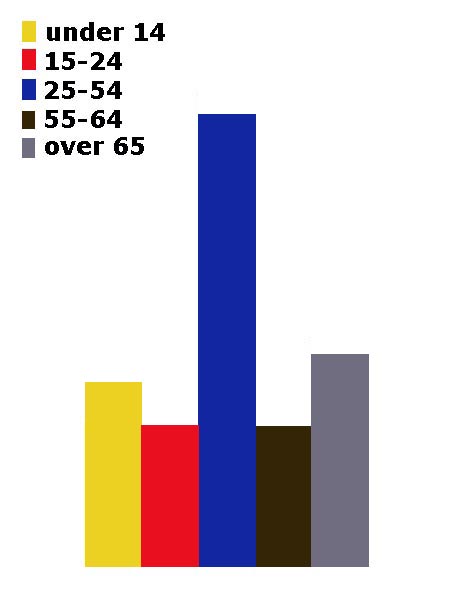
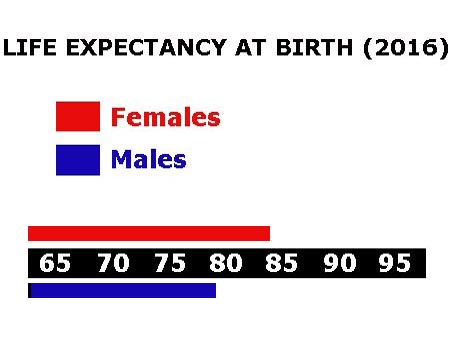

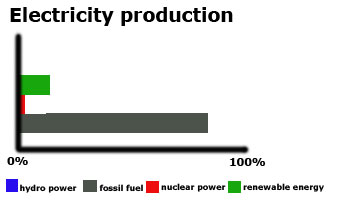

 They work in the following sectors.
They work in the following sectors.



